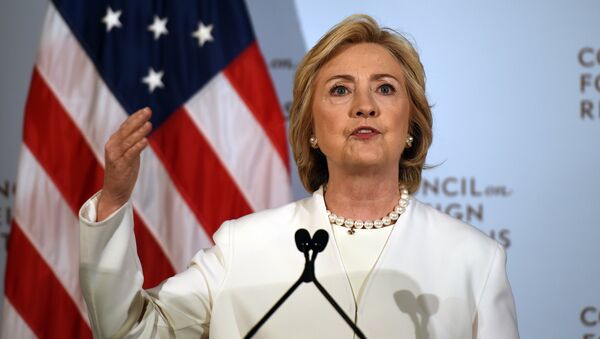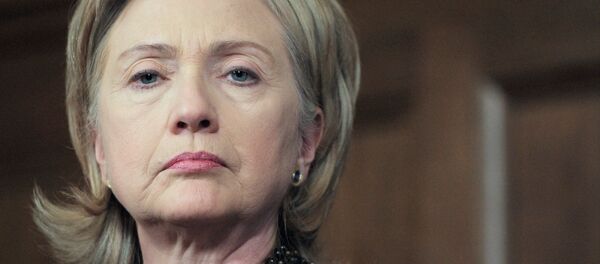"If (it) was just too obvious… you are going to see the real possibility of enticement, but we're not there yet," he explained.
It is also not clear who will have to answer for it, considering from what has already been disclosed about this set of email exchanges, Secretary Clinton did not personally send any, but rather was the recipient. Therefore, it would be difficult, "although not impossible", to use that as a basis to prosecute her.
"With the new disclosure… [there] appears to be a greater tendency to believe that there's actually going to be some fire, that there's going to be some type of criminal liability," Moss said. "The question will be: for who?"
The top-secret information somehow ended up on non-classified systems, and it doesn't matter whether they were private or official, he said. That means someone else was drafting non-classified email on the government server and then let classified information bleed into the discussion. But the core of the problem is not the mere fact that it happened, but the number of times this was allowed to happen.
According to Moss, the latest revelation could be a game changer, but it depends on whether the information was classified at the time and how obvious it was that it was top-secret.
"If this information was something that (anyone) could've easily recognized as being classified information," Moss explained. "Secretary Clinton… had an obligation to take action to notify security…As far as we can tell, this never happened."




